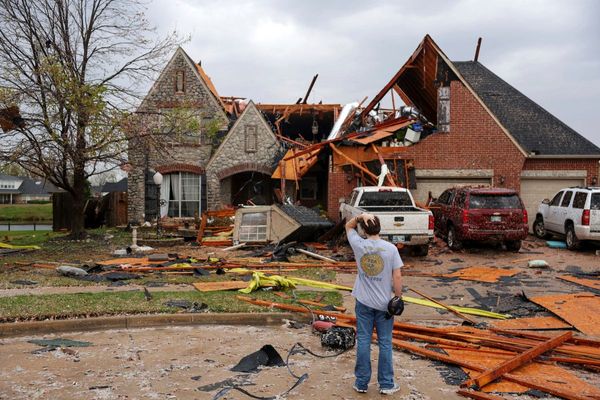January and February are the worst months of the year for burst pipes in the home, according to research that says the average claim for damage is between £6,500 and £7,500. The Association of British Insurers says that while burst pipes can occur at any time, they are most common in the first two months of the year with the pipes most at risk being those that are exposed to outdoor temperatures or run along exterior walls with minimal lagging.
Apart from the cost, the inconvenience of burst pipes is huge, and in serious cases can force families out of their homes. But insurance experts A-Plan Insurance says that people who take a few simple steps can reduce the risk significantly. Among its advice is:
- Lag pipes and water tanks in unheated interior areas, such as loft spaces and garages.
- Open the loft trap door on cold days to let heat circulate.
- Consider wrapping vulnerable pipes in electric heat tape for extra lagging.
- Ensure there are no cracks or gaps around the pipes that enter your home and fill any you find.
- Disconnect outdoor items such as hoses.
It recommends that everyone knows where their stopcock is and makes sure they can turn it off when necessary.
"Keep your heating on at regular intervals and set it on a timer or leave it on low if you’re going away over the Christmas period," it says. "If you are going away, ask someone like a friend or neighbour to periodically check the temperature in your home.
"If your property is going to be unoccupied for longer periods, turn off the water at the stopcock and consider draining the system so there is no water left in the pipes."
Anybody who discovers a frozen pipe is advised to turn their water off at the main stopcock straight away. A-Plan Insurance said: "Check to see if any pipes have burst. If not, either wait for them to warm up or thaw them with a hairdryer on the lowest setting, hot water bottles or a towel soaked in hot water starting at the end nearest the tap."
Among other tips to help reduce heat loss and cut energy bills are:
- Bleed radiators and wrap pipes in insulation.
- Seal loose-fitting letterboxes, draughty chimneys, and keyholes.
- Shut doors in rooms you aren’t using to keep the heat in, or cold out!
- Consider thermal blinds or lining underneath your curtains to keep that extra bit of heat in the home.
- Insulate! Half of heat loss in a home is via uninsulated walls and attic, while 10% is due to no flooring insulation, so fill and seal, and use rugs.
For stories from where you live, visit InYourArea.
Find recommendations for eating out, attractions and events near you here on our sister website 2Chill
Find recommendations for dog owners and more doggy stories on our sister site Teamdogs







